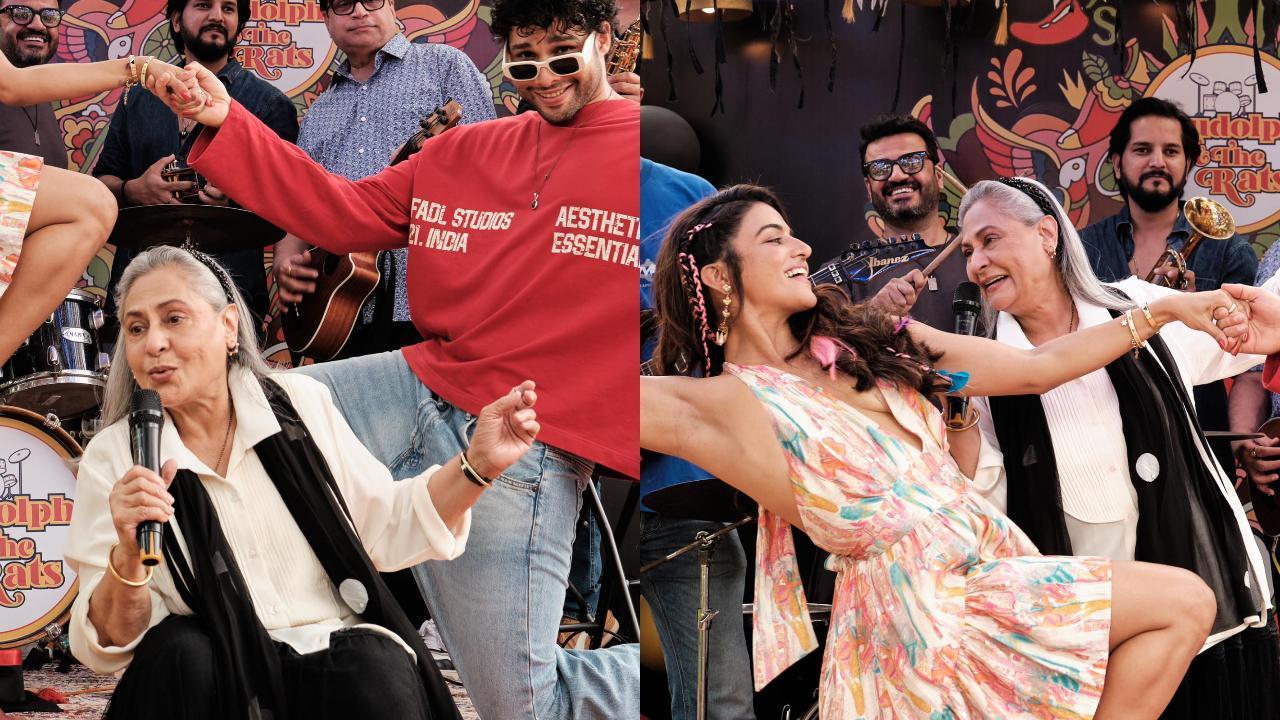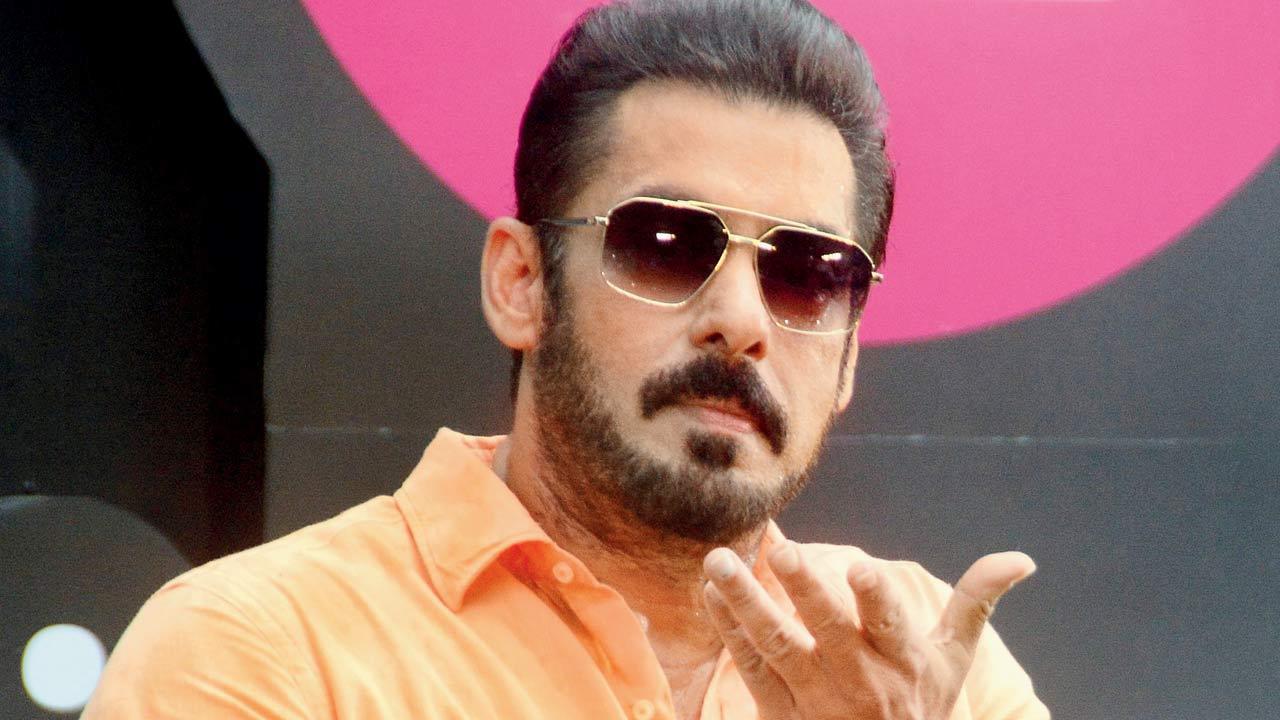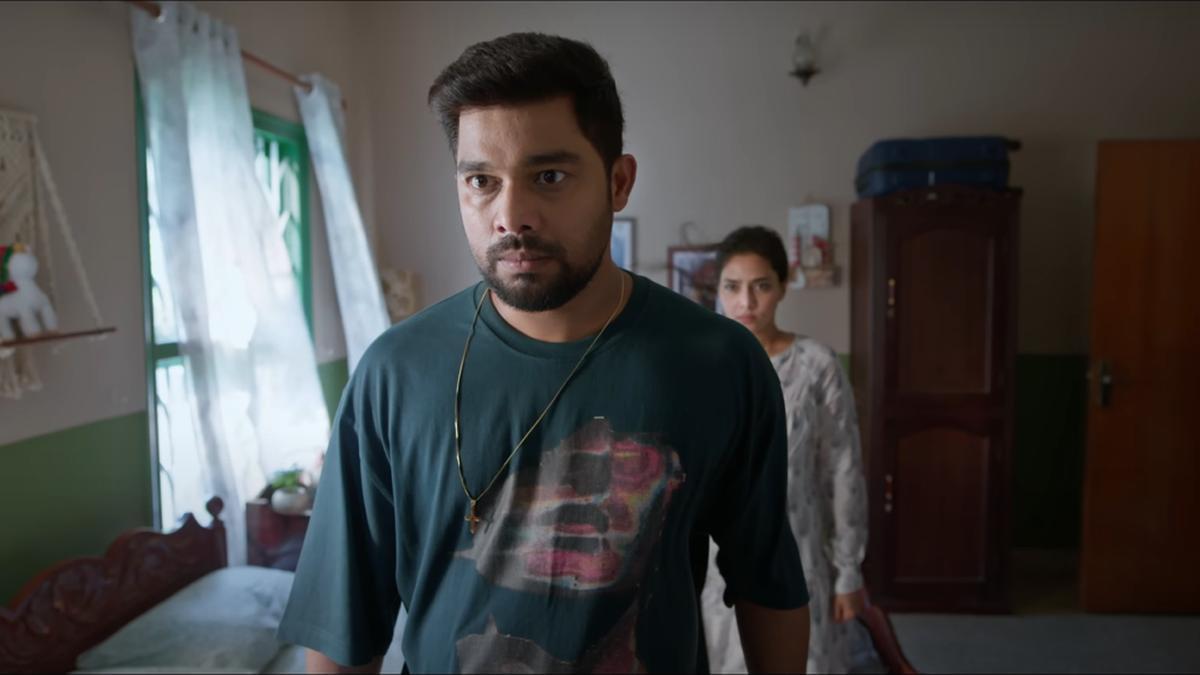
An artist’s journey is often shrouded in mystery, but few have been as enigmatic as Padma Bhushan musician Annapurna Devi. Her essence has carefully been examined, not through personal anecdotes or public appearances but through the lens of filmmaker Nirmal Chander. Despite never meeting the reticent maestro, Chander has brought forth two remarkable films chronicling her life — “Guru Ma” in 2019, followed by a compelling narrative in “6-A, Akash Ganga”. These films, the latter of which has been showcased in Mumbai, Bengaluru, Pune, and Delhi, strive to uncover the world of a musician who vanished from the public eye at the peak of her career.
Annapurna Devi’s tale is as captivating as her disappearance was complete. She was born into music royalty in Maihar in 1927 and was taught by her father, the esteemed Ustad Allaudin Khan. Recognizing her exceptional talent for music, he ensured she honed her skills, only to eventually orchestrate her union with another musical titan, Pt. Ravi Shankar, in 1941. Yet, this alliance stirred a transformation that saw Annapurna Devi retreat from the world, focusing solely on her craft, turning her home into a sanctuary for her music.
The few who witnessed her command over the surbahar — a bass variant of the sitar — recall her sheer mastery, an embodiment of musical brilliance that retreated from the stage early in her career. Her performances became the stuff of legend, a memory cherished by the select few who heard her play. Towards the end of her life, she felt a need for her story to be shared, stitching a narrative through interviews and snippets that would eventually lead to her opening up to the idea of a film.
“Baba” as she affectionately called her father, impressed upon Annapurna the sanctity of music, urging her to play for the divine rather than for the world. This profound connection she had with her music is poignantly retold in the film through her disciples and the candid revelations of Dr. Vinay Bharat Ram and Carnatic singer Shakuntala Narasimhan, who recount her last concert alongside Pt. Ravi Shankar in 1955.
Nirmal Chander’s filmmaking journey with Annapurna Devi was met with an unprecedented level of trust from the Annapurna Devi Foundation, particularly Nityanand Haldipur, her disciple and the man who became her surrogate son. The 80-minute feature reflects not just a life lived in the shadow of fame and personal strife, including a turbulent marriage but also a spiritual and instructional odyssey she led through her legacy of teaching music.
Chander’s approach to the film navigated the line between personal tribute and a broader cultural narrative, avoiding a straightforward biographical recount. Yet, the film, rich with archival material and interviews, plays like a requiem to the personal — often shared through Nityanand’s perspective, who appears as a constant presence, offering biographical context and a personal touchstone to her life story, including her second marriage in December 1982 to Rooshi Kumar Pandya, another chapter that remains lightly touched upon.
The film began production shortly before the music legend’s passing in 2018, respecting her wish for privacy to the extent that not a single shot of her is included. Chander faced the challenge of capturing her essence without firsthand access, and instead fills the screen with the remnants, the memories, and the musical legacy she left behind.
Even after her death, Annapurna Devi’s fierce desire for privacy prevailed, leaving behind a diary whose contents remain undisclosed at the discretion of the Foundation’s chief trustee, Haldipur. Thus, even with this film, which attempts to peel back the layers, Annapurna Devi maintains her mystique, remaining as elusive in death as she was in life, a maestro whose silence speaks volumes about the depth of her artistry and the profound impact she had on Indian classical music.










